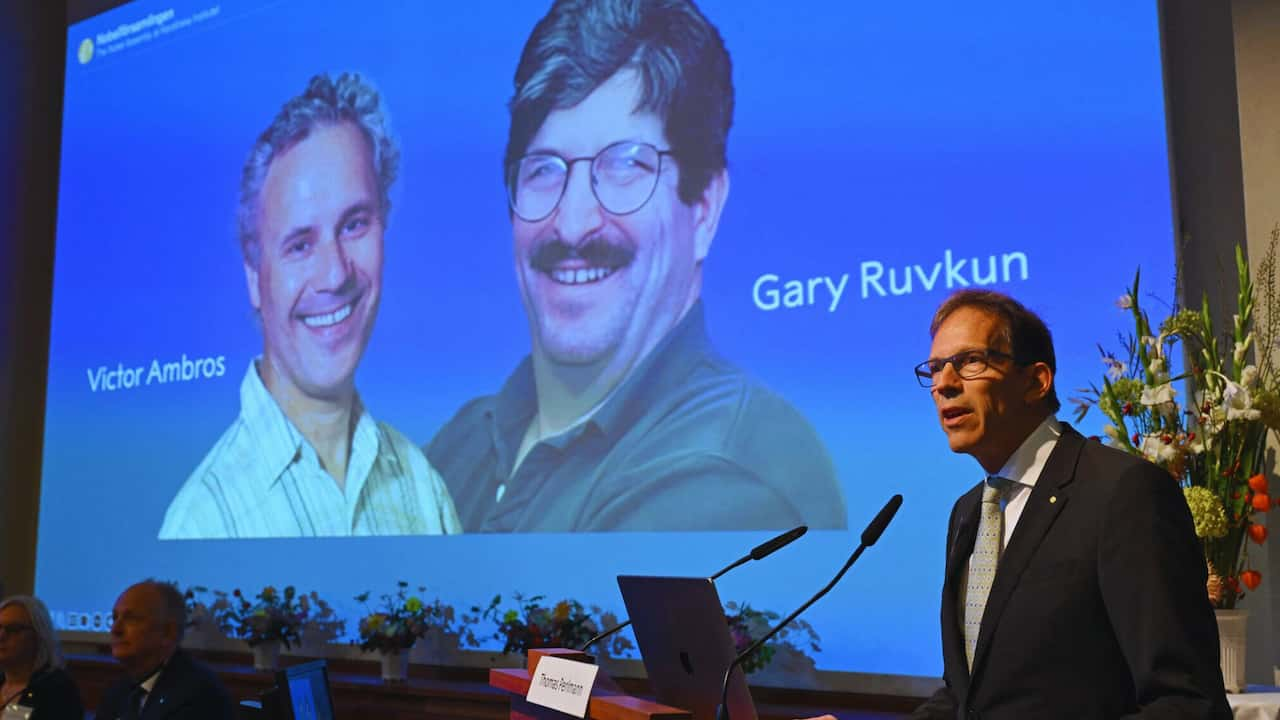Tiny Titans: How microRNA’s Big Discovery Landed Two Scientists the Nobel Prize
In a surprise twist, two American scientists have snagged the 2024 Nobel Prize in Physiology or Medicine for their work on something most people have never heard of microRNA. But don’t let the “micro” fool you – this discovery is enormous!
While studying a small worm, Victor Ambros and Gary Ruvkun, working in the Boston area, stumbled upon these tiny bits of genetic material. Their find has changed how we think about how genes work and could lead to new ways to fight diseases like cancer.
From Worms to Wow
Ambros and Ruvkun weren’t trying to win a Nobel Prize. They were just curious about how a tiny worm called C. elegans grows. Although it is only about 1 millimeter long, it’s packed with cells similar to those in humans.
While poking around in the worm’s genes, they found something odd: tiny pieces of RNA that seemed to control when other genes turned on and off. These little snippets, which they named microRNA, act like switches for genes.
What’s the Big Deal?
You might be thinking, “So what? Why should I care about some worm’s genes?” Here’s why it matters:
- It’s everywhere: Scientists soon found that microRNA isn’t just in worms. It’s in plants, animals, and humans too. We have over 1,000 different microRNAs in our bodies!
- It’s a control freak: MicroRNA helps decide which genes are active in our cells. This is crucial for everything from how we grow to how our bodies fight diseases.
- When it goes wrong: Problems with microRNA can lead to severe illnesses like cancer, heart disease, and brain disorders.
- New treatments: Understanding microRNA could help us create better medicines. Some are already being tested for heart disease and cancer.
From Lab to Limelight
The road to the Nobel Prize wasn’t smooth. When Ambros and Ruvkun published their findings in 1993, many scientists yawned. They thought it was just a weird thing in worms.
But Ruvkun had a hunch. He started looking for similar genes in other animals – from clams to humans. To his surprise, he found them everywhere!
“That was the moment when I realized this is something way bigger than I ever expected,” Ambros said when he got the news about winning the Nobel.
Why It Matters for You
You might not be a scientist, but this discovery could affect your life:
- Better cancer treatments: Doctors might use microRNA to switch off genes that help cancer grow.
- Personalized medicine: Your microRNA pattern could help doctors choose the best treatment for you.
- New ways to diagnose diseases: Checking microRNA levels might spot illnesses early.
The Power of Curiosity
This Nobel Prize isn’t just about science. It’s a win for curiosity and teamwork. Ambros and Ruvkun could have been rivals, racing to publish first. Instead, they shared ideas and celebrated each other’s breakthroughs.
“It is a Nobel that celebrates curiosity-driven science,” said Geraldine Seydoux, a biologist who knows both scientists. “And also the friendship and collaboration between these two scientists who were eager to figure out a puzzle.”
What’s Next?
The microRNA story is far from over. Scientists worldwide are now studying how these tiny molecules work and how we might use them to improve health.
As for Ambros and Ruvkun, they’re still in shock. “When a phone rings at 4:30 in the morning. … It never happens here,” Ruvkun said about getting the Nobel news.
Ambros hopes the prize will remind people why funding basic research is essential. “Taxpayers of the United States should feel proud,” he said. After all, you never know when studying a tiny worm might lead to the next big medical breakthrough!
So next time you hear about some scientist studying something that seems weird or useless, remember the story of microRNA. Today’s odd experiment could be tomorrow’s Nobel Prize – and maybe even save your life one day.
Table of Contents
